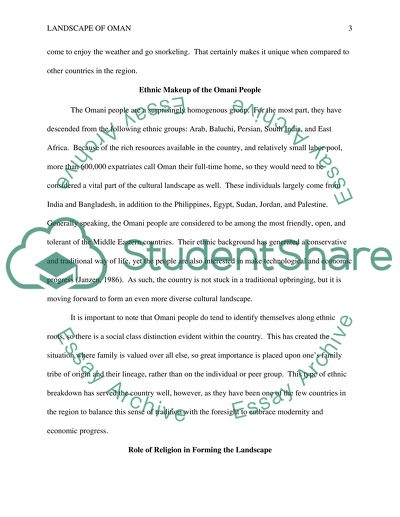Cite this document
(“LandScape Essay Example | Topics and Well Written Essays - 1250 words”, n.d.)
LandScape Essay Example | Topics and Well Written Essays - 1250 words. Retrieved from https://studentshare.org/geography/1491015-landscape
LandScape Essay Example | Topics and Well Written Essays - 1250 words. Retrieved from https://studentshare.org/geography/1491015-landscape
(LandScape Essay Example | Topics and Well Written Essays - 1250 Words)
LandScape Essay Example | Topics and Well Written Essays - 1250 Words. https://studentshare.org/geography/1491015-landscape.
LandScape Essay Example | Topics and Well Written Essays - 1250 Words. https://studentshare.org/geography/1491015-landscape.
“LandScape Essay Example | Topics and Well Written Essays - 1250 Words”, n.d. https://studentshare.org/geography/1491015-landscape.


